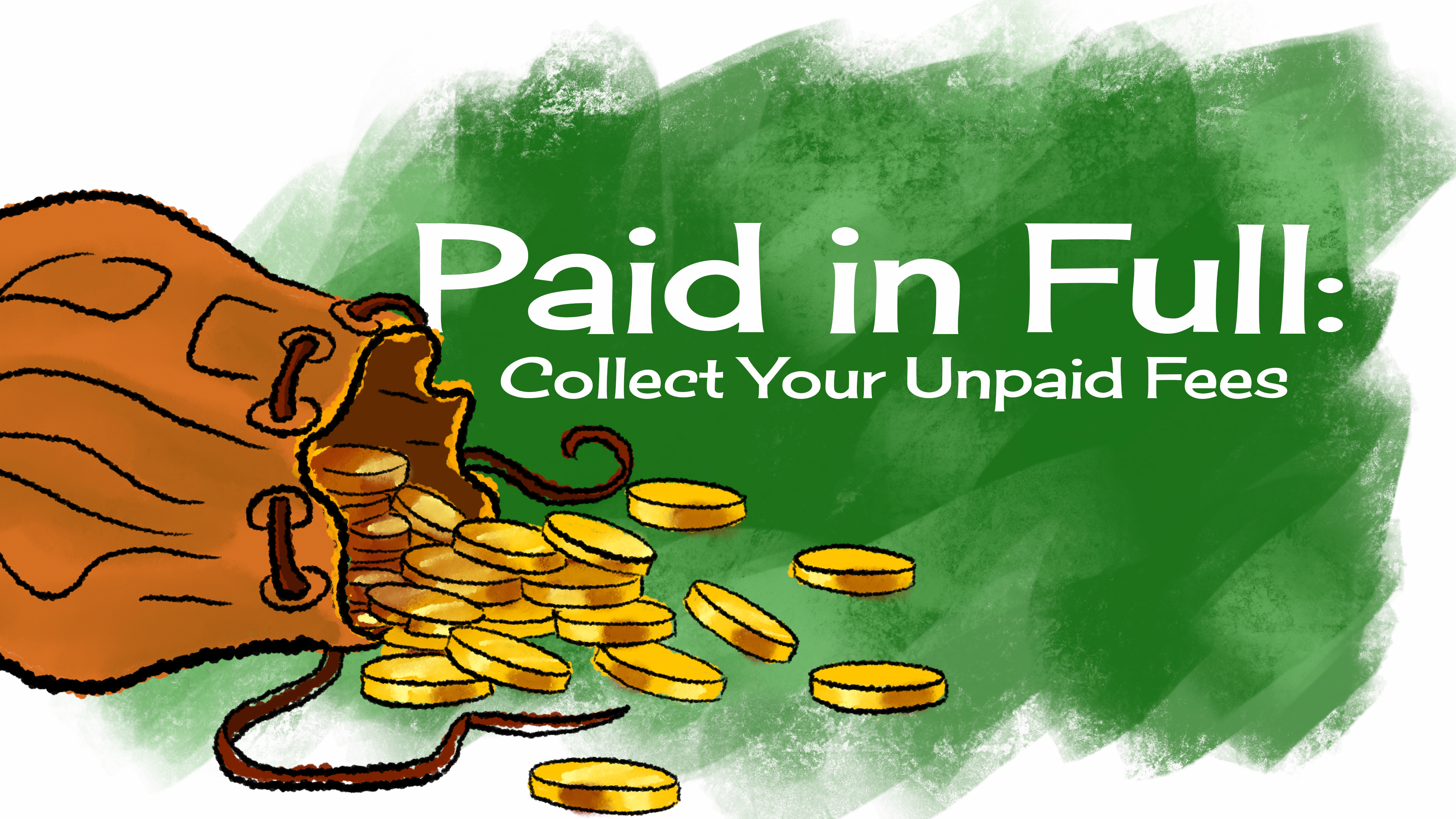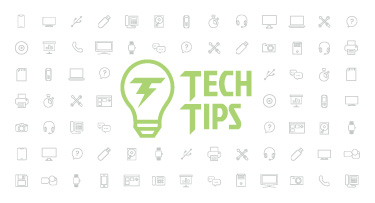Paid in Full: Collect Your Unpaid Fees (SMS 2.0)
|
Lauren Gilchrist Blogger, Traveler, and Video Talent |
How many dollars in unpaid fees is your district waiting to collect? For many schools, that number is skyrocketing this year.
Just look at this snapshot of school lunch debt, which was taken two months into the 2022-2023 school year:
- Mead 46-1 School District in South Dakota faced $5,000 in student debt.
- Pitt County Schools in North Carolina had $28,000 in debt.
- Bonneville Joint School District No. 93 in Idaho faced $6,000 in school meal debt.
The Skyward Tools
Textbook and Device Tracking, Food Service, and Fee Management are three solutions designed to help your district keep accurate records, collect payments efficiently, and get students qualified for the resources they need.1. Textbook and Device Tracking
How it helps: Don’t lose another dollar to disorderly resource records. Textbook Tracking helps you keep more accurate records on textbooks, devices, and other resources distributed to classrooms or individual students.By keeping your records online and in one place, you can maintain a more precise inventory, budget for future needs, and automatically create charges for lost or damaged items and late returns. You can assign a resource to a student using Entry by Student, or assign a resource to a classroom using Entry by Textbook.
Tips for fee collection: To speed up the process, try barcode scanning. Scan the student or staff member’s ID, then the item’s barcode to create an accurate record of who’s borrowing what.
You can also use Textbook Tracking to record the condition of your resources so you can see if they’ve been through more than just normal wear and tear.
2. Food Service
How it helps: Food Service makes it easier for parents to make payments, see their child’s meal history, and even apply for free or reduced meals. Administrators and food service program directors can see current account balances and take action to notify families of payments required. Check out the 60-Second Power-Up for parents to learn more!Tips for fee collection: The Food Service feature comes with prebuilt reports you can use to notify families of low balances via email or letter. In the Food Service area, under Payor/Customer Maintenance, select Reports, then Payor Balance Notices (PN).
3. Fee Management
How it helps: From textbook damages to tennis team dues, Fee Management keeps all fee-related information in one place. Parents and students can access their own accounts through Family Access, and they can make payments for course, activity, and enrollment fees online.Tips for fee collection: Fee Management is designed with the flexibility families need. Your school can combine siblings’ fees into one payment and modify payment plans based on a family’s financial situation.
You can also transfer unpaid Food Service balances to Fee Management and zero out the accounts near the end of the year. To get started, select the Administration tab, then Mass Fees, and Food Service Balance Fees.
You can even enter charges, receipts, and prepayments for the next academic year. To do so, just click Add Next Year Charge in the Next Year Fee Activity area.
Sometimes the best features are the most obvious. If you've ever been involved in a dispute over a payment, you can appreciate the benefit of having an electronic record at your fingertips. With Fee Management, you'll be able to audit payments and give parents a definitive answer as to when and how they made their payments.
The Tips
To collect more of what you’re owed, you’ve got to tackle the problem from as many angles as possible. Here are 5 tips to help guide the process.1. Communicate
Reach out to families early and often to tell them what they owe and when it’s due. Cover your bases by using a combination of Family Access, emails, phone calls, text messages, letters home, and in-person communication. Don’t assume one channel will reach everyone.2. Offer many ways to pay
Expanding your number of payment options can increase the likelihood you’ll receive what you’re owed. Cash? Credit? Check? Yes, yes, and yes! Allow families to pay online and consider creating basic payment plans for families who owe large amounts.3. Keep students qualified
Make sure every student who might be eligible for free or reduced-price meals has completed an application. Families can do so right from Family Access by selecting Food Service, then Applications.4. Ask for help
Consider adding a link on your district website where community members can donate toward unpaid balances for kids in need. Here's one example of a heartwarming holiday idea that caught on big time in our very own Central Wisconsin community.5. Update your policies
Some districts follow policies that prevent students with unpaid fees from participating in athletics or other extracurriculars. Other districts take steps like withholding transcripts or driver’s education paperwork. (Note: These policies should be considered carefully as they are not meant to make students from low-income families feel uncomfortable. That’s why they often include an income-based fee waiver and a hardship appeal process.)6. Work together
No policy works perfectly for every district, so it’s important to gather input from as many parties as possible. Patricia Montague, CEO of the School Nutrition Association, knows just how difficult it is to navigate the student debt situation. She urges parents, teachers, school administrators, and school nutrition professionals to come together to create compassionate solutions for their communities.We hope these tools and tips will help bring your district closer to collecting unpaid fees, while also creating solutions that are good for students and their families—especially when budgets are tight, every dollar counts!
Follow-Up Resource: Integrate Your Vending Machines with Skyward
Vending machines aren't just for snacks anymore. Thanks to Skyward's partner, School Technology Associates, vending machine software now integrates with Skyward, so students can use their normal lunch funds to pay for a fresh meal. See how it works!Thinking about edtech for your district? We'd love to help. Visit skyward.com/get-started to learn more.
|
Lauren Gilchrist Blogger, Traveler, and Video Talent |
Lauren enjoys visiting school districts and spreading the word about creative, non-traditional approaches to universal challenges. Follow her for on-the-scene reporting (with a little fun sprinkled in) and tips on how to enjoy a better Skyward experience.

 Get started
Get started





